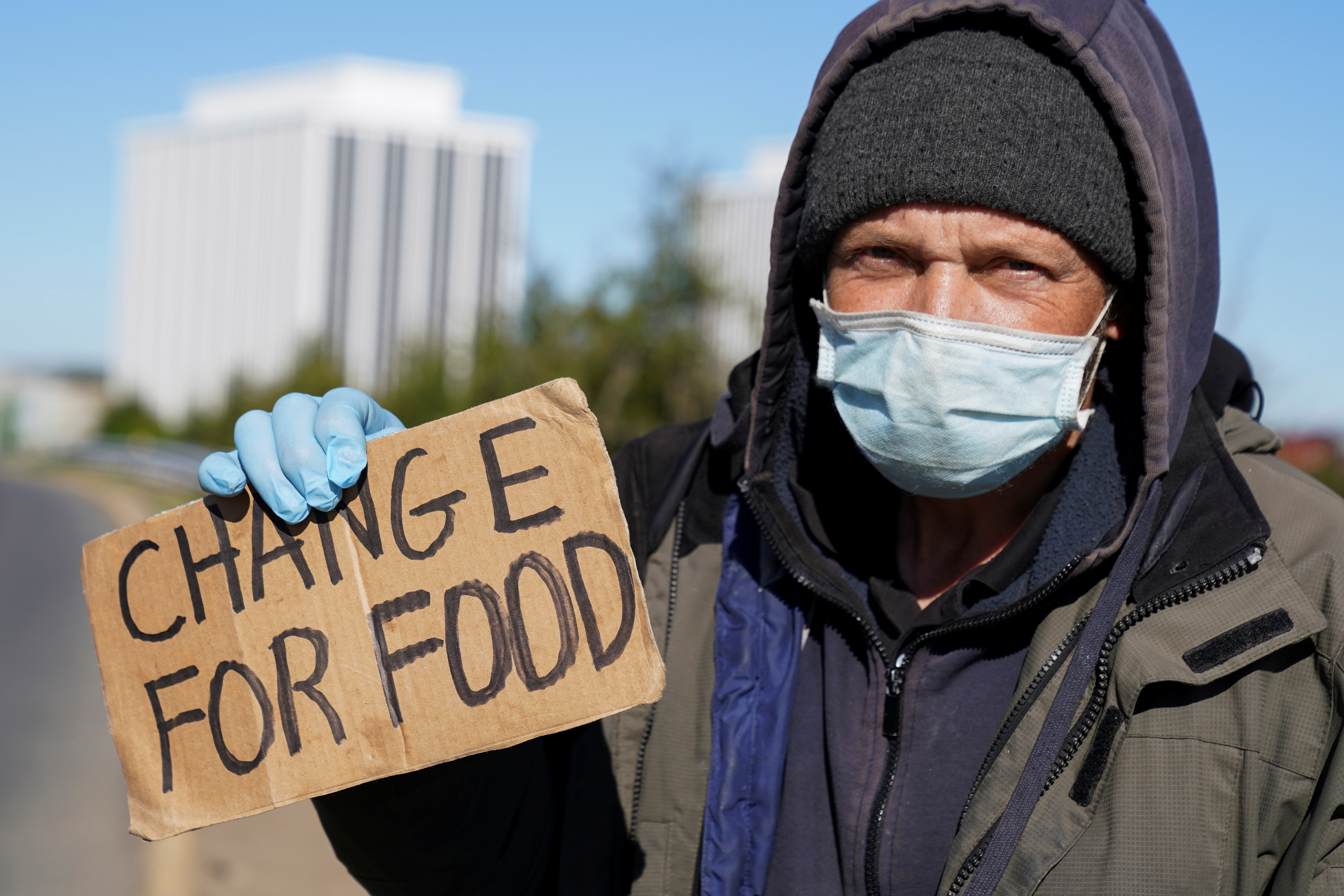
US consumer prices increased more than expected in September as rents surged by the most since 1990 and the cost of food also rose, reinforcing expectations the Federal Reserve will deliver a fourth 75-basis-point interest rate rise next month.
The report from the Department of Labor on Thursday also showed a measure of underlying inflation posting its biggest annual increase in 40 years as consumers also paid more for healthcare. The data followed on the heels of last week’s strong employment report, which showed solid job gains in September and a drop in the unemployment rate to a pre-pandemic low of 3.5 percent.
“This is not what the Fed wants to see six months into one of the most aggressive tightening cycles in decades,” said Sal Guatieri, a senior economist at BMO Capital Markets in Toronto.
The consumer price index rose 0.4 percent last month after gaining 0.1 percent in August. Economists polled by Reuters had forecast the CPI would climb 0.2 percent.
Food prices increased 0.8 percent, with the cost of food at home advancing 0.7 percent amid rises in all six major grocery store food groups. Owners’ equivalent rent, a measure of the amount homeowners would pay to rent or would earn from renting their property, shot up 0.8 percent, the largest increase since June 1990.
The hefty jumps offset a 4.9 percent decline in petrol prices. But petrol prices have likely bottomed following last week’s decision by the Organization of Petroleum Exporting Countries and allies to cut oil production. The war in Ukraine also poses an upside risk to food prices.
In the 12 months through September, the CPI increased 8.2 percent after rising 8.3 percent in August. The annual CPI peaked at 9.1 percent in June, which was the biggest advance since November 1981.
Financial markets have almost fully priced in the prospect that the Fed will raise rates by another three-quarters of a percentage point at a November 1-2 policy meeting, according to CME’s FedWatch tool.
The US central bank has increased its policy rate from the near-zero level in March to the current range of 3.00 percent to 3.25 percent. Policymakers at the September 20-21 meeting “expected inflation pressures to persist in the near term,” according to minutes of the meeting released on Wednesday.
Major US markets swung sharply lower, with the Dow Jones Industrial Average falling 400 points, or 1.4 percent, in early trading. Markets in Europe tumbled as well.
Thursday’s report represents the final US inflation figures before the November 8 midterm elections after a campaign season in which spiking prices have generated public anxiety, with many Republicans casting blame on President Joe Biden and congressional Democrats.
“Americans are squeezed by the cost of living,” acknowledged President Joe Biden in a statement. “Working to give middle-class families some breathing room in dealing with their costs is critical.”
Rising prices

Excluding the volatile food and energy components, the CPI climbed 0.6 percent in September, matching the rise in August. The so-called core CPI is being largely driven by the higher costs for rental accommodation.
Pressure is also coming from healthcare costs, which increased 0.8 percent as consumers paid more for doctor visits.
Prices for new motor vehicles rose 0.7 percent as supply remains tight. Motor vehicle insurance also cost more as did household furnishings and operations, grooming, education and airline fares. But apparel prices fell 0.3 percent and prices for used cars and trucks declined for a third straight month.
The core CPI jumped 6.6 percent in the 12 months through September, the most since August 1982, after rising 6.3 percent in August.
Government data on Wednesday showed the weakest reading in producer core goods prices in nearly 2.5 years in September. The pass-through from producer to consumer inflation, however, could take a while.
Some of the inflation pressures are coming from a tight labour market. While a separate report from the Department of Labor on Thursday showed the number of Americans filing new claims for unemployment benefits increased last week, that was likely because of Hurricane Ian, which cut a swath of destruction across Florida and the Carolinas at the end of September.
Initial claims for state unemployment benefits rose 9,000 to a seasonally adjusted 228,000 for the week ended October 8. Economists had forecast 225,000 applications for the latest week.
The labour market remains tight. There were 1.7 job openings for every unemployed person on the last day of August, and layoffs also remain low.
The minutes from the Fed’s September meeting also showed policymakers “anticipated that the supply and demand imbalances in the labor market would gradually diminish,” and “that the transition toward a softer labor market would be accompanied by an increase in the unemployment rate.”







